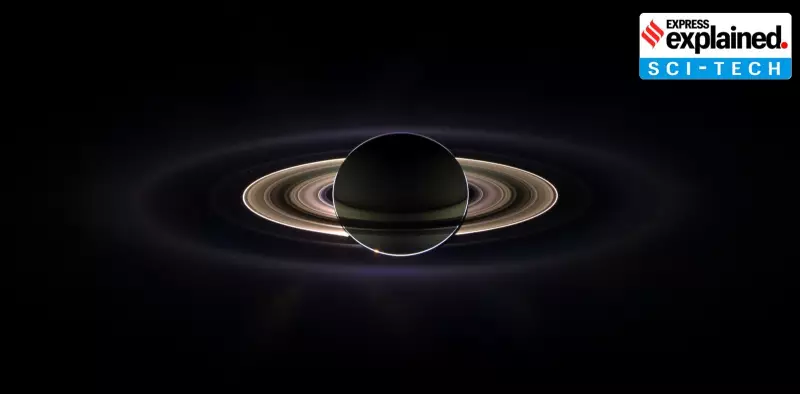
This Sunday, November 23, skywatchers will witness a remarkable celestial phenomenon as Saturn's magnificent rings appear to vanish from view. While this disappearance is temporary and caused by an optical illusion, it offers a rare opportunity to observe one of our solar system's most fascinating events.
The Science Behind the Disappearing Act
Contrary to what it might seem, Saturn's rings aren't actually disappearing. The vanishing effect is purely an optical illusion when viewed from Earth. Saturn orbits the Sun at a tilt of 26.73 degrees and takes approximately 29.4 Earth years to complete a single orbit. This means for roughly 15 Earth years, the gas giant is tilted toward the Sun, and for the other 15 years, it's tilted away.
The rings follow this same tilt pattern, changing their orientation as seen from our planet. English astrophotographer Damian Peach confirmed to The New York Times that while the vanishing won't be total, it represents a rare viewing opportunity.
Why the Rings Become Invisible
Every 13 to 15 years, the edge of Saturn's rings aligns directly with Earth. This alignment will reach its peak in March 2025, when only the ring edges will be visible from our planet. The rings are astonishingly thin - just tens of metres thick in most areas - making them virtually invisible when viewed edge-on.
Imagine trying to see the edge of a thin sheet of paper from a great distance, and you'll understand why Saturn's rings seem to disappear. As Saturn continues its journey around the Sun, the rings will gradually reappear to earthly observers.
The Eventual Permanent Disappearance
NASA confirmed in 2018 that Saturn will eventually lose its rings permanently. The planet's powerful gravity and magnetic field are constantly pulling ring material downward in what scientists call 'ring rain'. NASA scientist James O'Donoghue revealed that this phenomenon drains enough water products to fill an Olympic-sized swimming pool every half hour.
At this alarming rate, Saturn could completely lose its iconic rings within the next 300 million years, possibly even sooner. Data from NASA's Cassini spacecraft shows the rings consist of billions of ice and rock chunks, ranging from dust-sized particles to mountain-sized boulders.
Current scientific consensus suggests these rings formed just 100 million years ago from the collision of two icy moons. The debris from this cosmic crash created Saturn's signature rings that span nearly five times Earth's diameter, featuring seven major ring divisions with complex structures.
Interestingly, other gas giants like Jupiter, Uranus, and Neptune might have had similar rings once, but today they maintain only thin ringlets that are difficult to capture even with powerful telescopes.





